The third iteration in the Z6 lineup, the 24 megapixel, full frame Nikon Z6III benefits from a number of significant updates over its predecessor, the Z6II, edging this mid-range line closer to higher-end siblings like the Nikon Z8 and Z9. Built around the world’s first partially stacked sensor, the Z6III offers nimbler performance across-the-board than the Z6II — from continuous capture through to autofocus speed. Although the Z6III’s performance isn’t quite on par with the fully-stacked sensors of the Z8 and Z9, it’s definitely a step up from its predecessor. Like the higher end models, the Z6III now also offers advanced features such as pre-release capture and up to 8 stops of image stabilization.
Equally important are the Z6III’s video capabilities, giving the updated model’s stronger hybrid credentials. Higher resolution, internal RAW capture, multiple formats and handy production tools like waveforms combine to deliver a solid slate of filmmaking options.
While the updates from the original Z6 to the Z6II were relatively minor, the jump to the Z6III is substantial and elevates the latest version to compete with the serious mid-range/semi pro bodies like the Canon EOS R6 Mark II and the Sony a7IV. To find out whether this is one of the best mirrorless cameras for you check out my full Nikon Z6III review.
Nikon Z6III review: Specs
Swipe to scroll horizontally
| Sensor | 24.5MP full frame |
| Stabilization | 5-axis IBIS, up to 8 stops |
| Viewfinder | 0.5" OLED EVF, 5.76 million dots |
| Display | 3.2" vari-angle touchscreen LCD, 2.1 million dots |
| ISO range | ISO100-64,000 |
| Max video resolution | 6K/60p |
| Card slots | 1x CFexpress/XQD, 1x UHS-II SD |
| Ports | USB-C, Type A (full) HDMI, headphone, mic |
| Wireless connectivity | Wi-Fi, Bluetooth |
| Max shooting speed | 120fps |
| Max shutter speed | 1/8000 sec (mechanical); 1/16000 sec (electronic) |
| Battery life (CIPA) | 410 shots |
| Size | 5.5 x 4 x 3 inches |
| Weight | 23.7 oz (body only) |
Nikon Z6III review: Price & availability
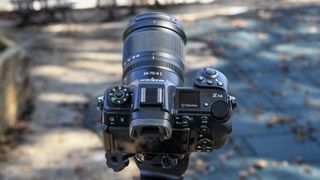
Launched in June 2024, the Nikon Z6III receives a $500 price bump from its predecessor to $2,499 at Amazon U.S./£2,699 at Amazon U.K. (body only). Price and feature set put the Z6III up against midrange full-frame mirrorless cameras such as the Panasonic Lumix S5IIX, Canon EOS R6 Mark II and the Sony A7 IV, all priced similarly.
I tested the Z6III with the 24-70mm kit lens but you have a good range of other lens options to choose from. Essentially, you can choose from 43 native Z-mount lenses, 37 of which are full-frame, F-mount DSLR lenses with the Nikon FTZ II adapter ($250) and third-party glass, mostly from Sigma and Tamron, are fewer in number but often cost less.
Nikon Z6III review: Design
In addition to a sturdy build and a substantial grip, the Z6III features a new, high resolution (5.76M dots) EVF, higher than the 3.69M dot EVF on the EOS R6 Mark II. The Nikon’s EVF is a real pleasure to use: it’s extremely bright, boasts a wide color gamut and the resolution makes it easy to judge sharpness without magnification.
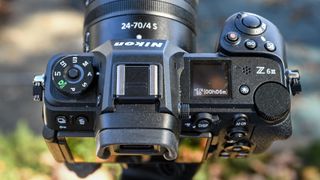
Its 3.2-inch, 2.1M-dot rear touchscreen LCD is responsive and provides a good viewing platform under various lighting conditions. What’s new is that the Z6III is the first in the series to replace the standard tilt-screen with a fully-articulated LCD — my preference when shooting stills, although many stills-only shooters may prefer a tilting setup. However, while an articulating screen is ostensibly better for video, I found that accessory cables hooked up to the USB-C and HDMI ports can impinge the screen’s movement. Probably not a dealbreaker for most photographers but an inconvenience worth considering, especially for video shooters. On the plus side, the camera features a full-size HDMI port, further supporting the Z6III’s video capabilities.
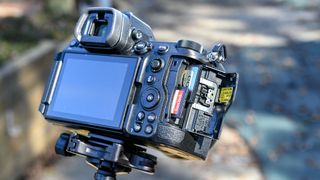
Unsurprisingly, the Z6III features dual card slots that accommodate a CFexpress type B (or XQD) and a UHS-II SD card — the Sony A7IV also features a CFExpress slot, but the EOS R6 Mark II and the Panasonic Lumix S5IIX do not. You’ll want a CFExpress card to get the highest capacity and fastest data capture rates when shooting video, especially RAW and/or at high resolutions.
Nikon Z6III review: Handling & controls
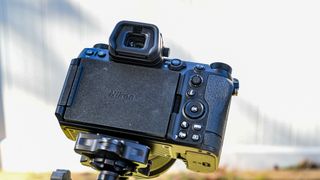
Overall, the Z6III features a highly functional design, although it’s a little larger (5.5 x 4 x 3 inches) and heavier (23.7 ounces/body only) than its predecessor. The Z6III’s deep handgrip is probably a better fit for larger hands than mine, which are a little too small to comfortably hold the camera aloft for a long time. The deep grip also made it difficult for me to reach the two function (Fn) buttons that are squeezed on the camera body between the handgrip and the lens barrel.
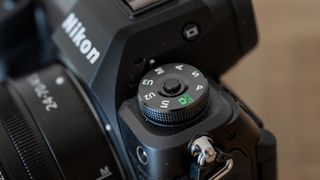
Other than the dual function (Fn) buttons mentioned above, the Z6III’s controls are easily accessed. In fact, few required any more than a slight shift in my hand’s position to activate. Better yet, the camera’s controls can be customized via the menu system to fit your shooting style and a trio of user modes make it easy to save and access your favorite settings for different shooting scenarios.
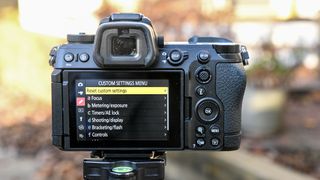
Like most in-camera menu systems, the Z6III’s can be intimidating. Setting basic photo and video parameters is quite intuitive, but it may take a while to figure out the menu structure and how the camera’s advanced features are organized. Each category often requires scrolling through more than one page of options, which can slow down menu navigation. Canon’s menu system, by contrast, limits options to single pages, which makes it easier and faster to find the settings you want.
Nikon Z6III review: Autofocus
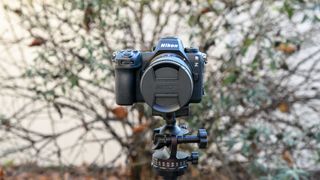
Nikon claims the Z6III’s AF is 20% faster than its predecessor, and indeed I found it generally snappy and accurate, even in low light situations, where the AF does a good job of identifying and focusing on subjects even with only a little bit of contrast. AF options have been expanded and now include 3D tracking and predictive autofocus modes. If you’ve shot with Nikon DSLRs you’re probably familiar with the accuracy of this feature.
I found that the People subject detection was the most accurate of the categories, which also includes Auto, Animal, Vehicle and Airplanes. I was a little frustrated that there wasn’t a separate mode for birds, as you’d find in Canon and Fujifilm cameras. The good news, though, is that subject detection works with manual focus and assists with making sure static shots are in focus.
Nikon Z6III review: Image performance
Image quality is strong, producing the accurate and pleasing color reproduction that Nikon is known for. Colors, like the green foliage shown below in the lake scene and the second image of a bright red flower, are well saturated but still look natural straight out of the camera using the Standard picture control. Exposure metering is generally spot on as well.

The scene below represents the Z6III’s ability to balance challenging exposures and perfectly capture a mix of colors. Importantly, fine details are also extremely well reproduced. Look closely to see the small components of the chains as well as the painting that adorns the center column.

At the same time, the image below shows how the Z6III handles the exposure differences in the “Lucky Duck” booth. There’s detail in the shadows as well as an accurate exposure of the bright background, showing the camera’s ability to handle wide dynamic ranges.

For a more controlled scenario, I set up a backlit scene of a lens that was shot at ISO 100 (the Z6III’s lowest native ISO), exposed manually and, in the second image, opened up the shadows in Lightroom and maintained good detail and exposure without clipping highlights.

Low light/high ISO performance on the Z6III is very good. There’s plenty of latitude with the camera’s native ISO (100 to 6,400), which is expandable to 50 and 204,800. At ISO 12,800, image noise is barely there with only the slightest bit of softening.
I took a JPEG/RAW shot of the color checker shown below at ISO 12,800. The first image is a SOOC JPEG with the camera’s Normal in-camera noise reduction. For comparison, I exported the RAW file as JPEG (no post processing) in Lightroom Classic. Surprisingly, there’s not much difference between the two. If you look closely the SOOC JPEG may have a barely perceptible softening compared to the RAW conversion. Given the results, pushing the ISO to 12,800 should be perfectly usable under many conditions.

Thanks to the Z6III’s partially stacked sensor and its faster readout, the camera’s overall performance is quite speedy, especially in combination with Nikon’s EXPEED 7 processor. In practical terms, the Z6III can shoot bursts up to 120fps.
As expected with Nikon’s various picture controls and editing tools, the Z6III offers plenty of options to tweak photos to your vision. Nikon now offers a new service for storing and sharing images called Nikon Imaging Cloud, which makes it easy to automatically forward files to various social media platforms. Perhaps more interesting is the ability to create your own “recipes” or styles, then save them to the camera and apply them to photos. You can also download other photographers’ recipes and further expand the types of looks for your use.
Nikon Z6III review: Stabilization
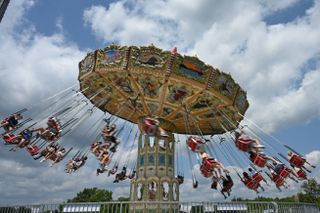
With up to 8 stops of image stabilization (Vibration Reduction/VR), the Z6III proves invaluable in low light and combo shots blending motion blur and sharp backgrounds/foregrounds, as in the shot below. Shot at 1/20th second, the movement of the ride’s blur shows the motion of the riders but, at the same time, the foreground and the stable portions of the ride are razor sharp. As an added benefit, the camera utilizes focus point VR, which links stabilization to the focus point rather than the center of the image to ensure more target stabilization. I don’t always have the steadiest of hands so being able to capture a sharp image at 1/20th second is impressive. Others with steadier hands will make even better use of the Z6III’s stabilization.
Nikon Z6III review: Video performance
Nikon has pumped up the Z6III’s video features, creating a solid hybrid camera with pro-level video capabilities. Much of these features and performance are possible because of the new partially stacked sensor that delivers faster readout and more powerful features.
Multiple recording options cover a wide range of choices so you can match size, quality, and other parameters according to your project’s needs and/or your preferred workflow. For example, the Z6III is capable of recording up to 6K/60p. From there, you can create 4K UHD footage by oversampling the 6K file.
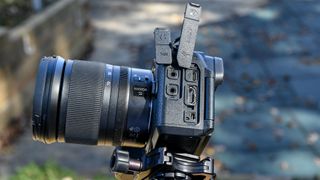
Importantly, the camera can record 12-bit 6K N-RAW and ProRes RAW HQ files internally, helping this camera rival the Panasonic Lumix S5IIX in sheer recording power. Like the S5IIX, the Nikon Z6II is designed to dissipate heat so the camera doesn’t shut down after periods of recording. The Panasonic Lumix S5IIX has an unlimited recording time while the Z6III’s, according to specs, can record at 4K UHD/60p for up to 125 minutes. The biggest gulf between the two cameras is that the Panasonic is equipped with only two UHS-II SD card slots while the Z6III is compatible with high capacity, high speed CFExpress type B card in addition to an SD card.
Additional appealing video features for the Nikon include up to 10x slow motion and in-camera 4K time-lapse videos. The Z6III is also equipped with pro-level tools such as zebra stripes and waveforms. Like still images captured with this camera, video quality is equally as pleasing. Colors are rendered accurately and exposures are generally on target. Autofocus works well and footage is smooth. Rolling shutter is well under control, too.
Nikon Z6III review: Battery
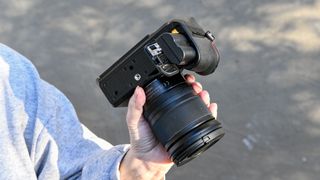
The Z6III is powered by Nikon’s EN-EL15c rechargeable battery but is also compatible with the older EN-EL15b and EN-EL15a batteries. A USB-C cable is provided for in-camera charging, although separate chargers and adapters are available.Read the fine print if you’re using an “a” or “b” designated battery. Although the Z6III is rated for about 380 shots per charge, the battery will last far longer for still images–especially when shooting in continuous capture mode. However, the Sony a7IV and Canon EOS R6 II outpace the Z6III with their 580 and 780 images ratings respectively. Not a dealbreaker but may be a consideration.
For video, I was able to fill a 128GB with at least five back-to-back 20 minute clips before the battery was depleted. The camera body became a little warm during the process and the card was warm when finished. Longer capture times will certainly result in higher temperatures especially given the little warning message on the inside of the slot compartment door warning: “Caution hot card.”
Nikon Z6III review: Verdict
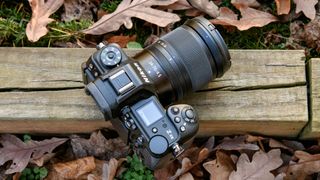
With its versatility, quality images, good performance and extensive features, the Z6III is a very strong contender in the mid-range full-frame market going up against models such as the Canon EOS R6 II and the Sony a7 IV and, especially for video, the Panasonic Lumix S5IIX. However, the Nikon Z6III, more than holds its own with a wide range of top-notch features, quality and performance—thanks, in part, to its new partially stacked sensor that provides the technology that drives the camera. It’s important to note that, while the Z6III doesn’t fully measure up to the Z8’s photo and video capabilities, the new model delivers many of the Z8’s attributes at a much more affordable price, packaged in a smaller, lighter body.
This Z6III is an excellent example of a well-balanced camera that meets the needs of pro’s and enthusiasts across both stills and video. Video has become an integral part of what serious shooters look for in a camera, and the Z6III is capable of meeting those needs. Even if video isn’t your main interest, you’ll have the tools to grow your skills if you’d like.
The Nikon Z6III’s price has increased by $500 over the Z6II but it will easily prove its worth. With features and performance that you’d expect to find on even pricier cameras, like the Z8, the Nikon Z6III’s $2500 price suddenly seems like a bargain. And a wise investment.
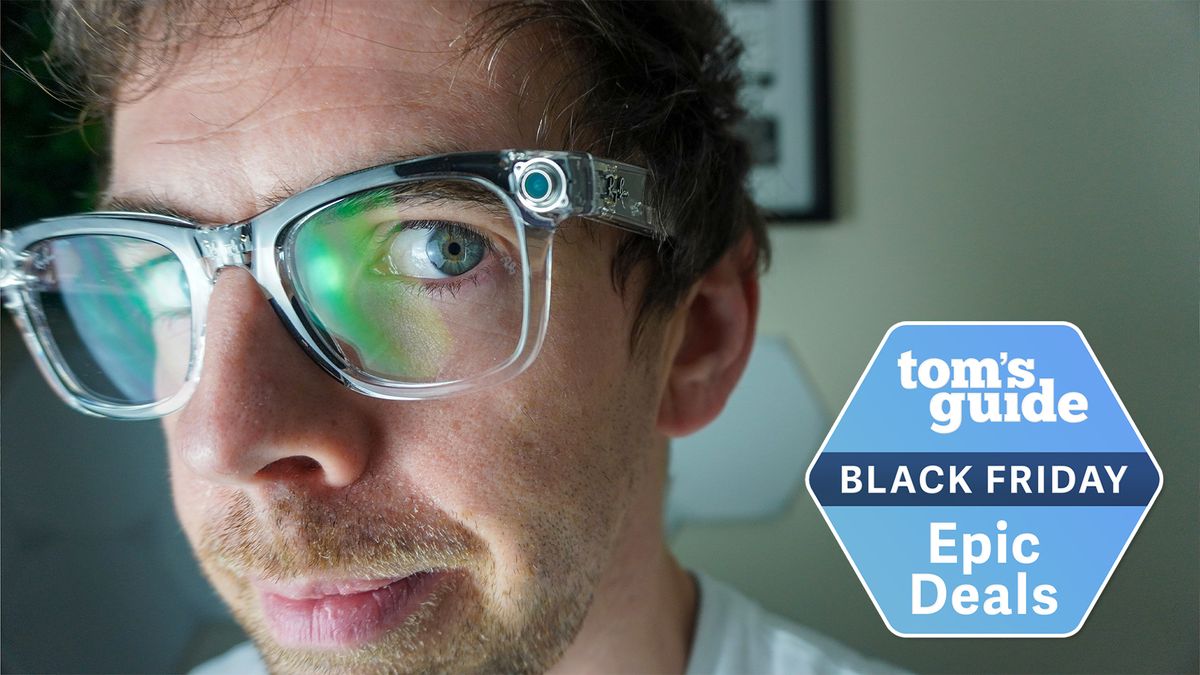
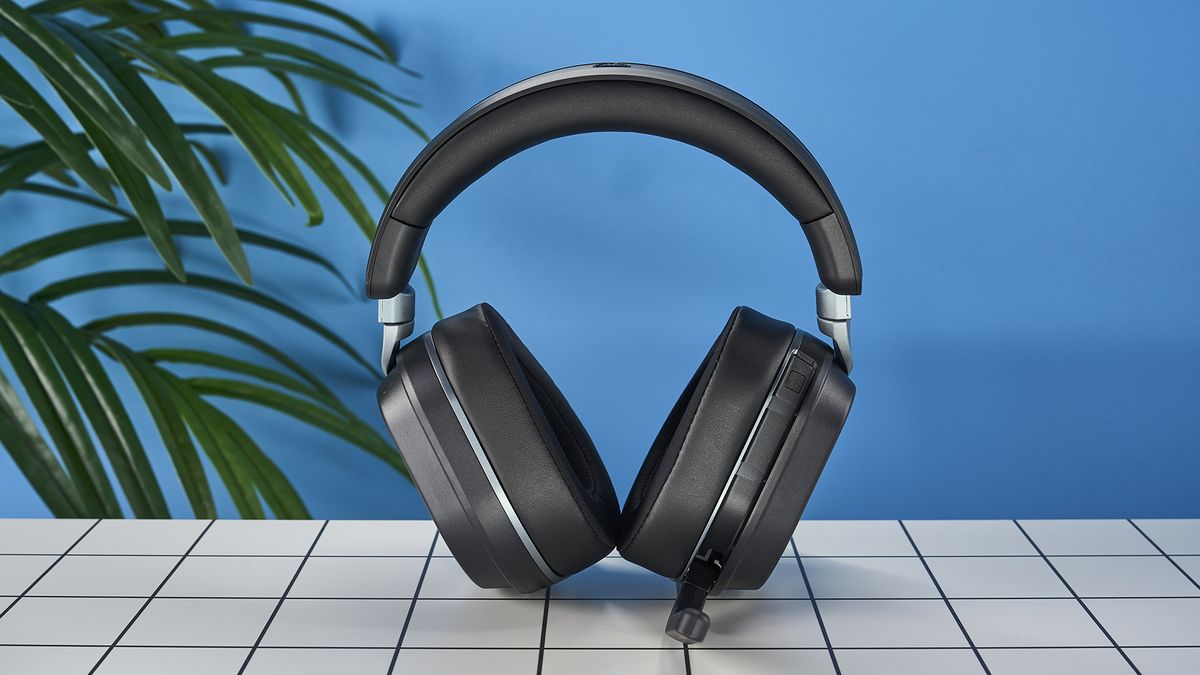

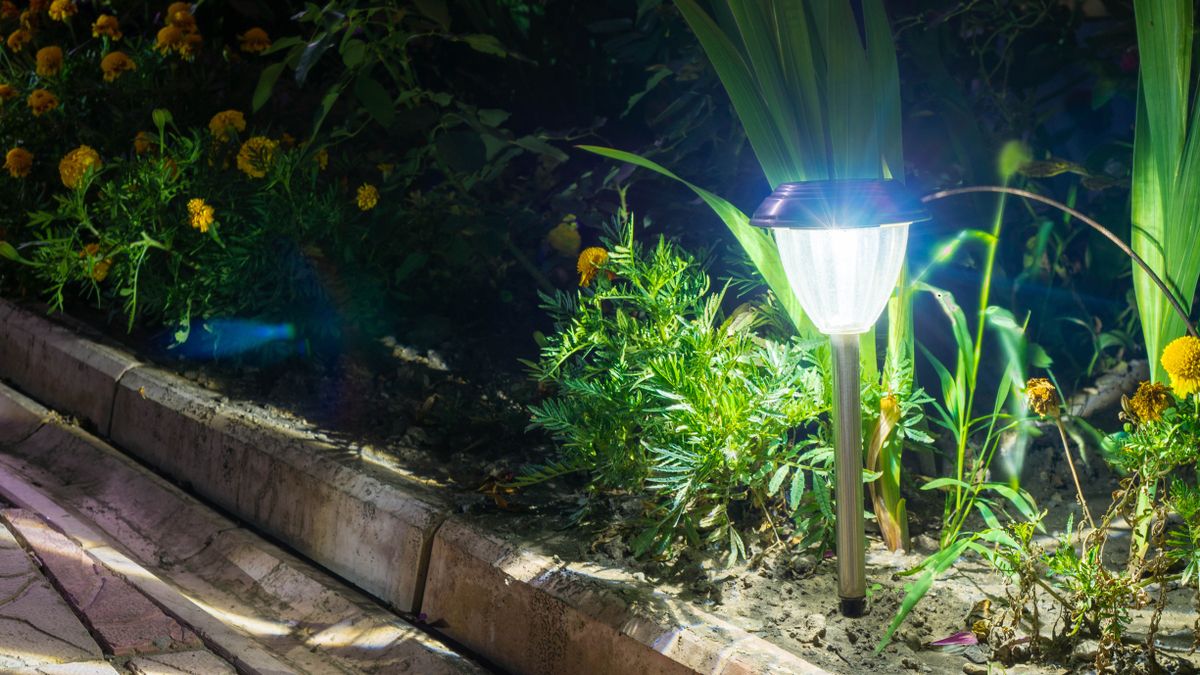


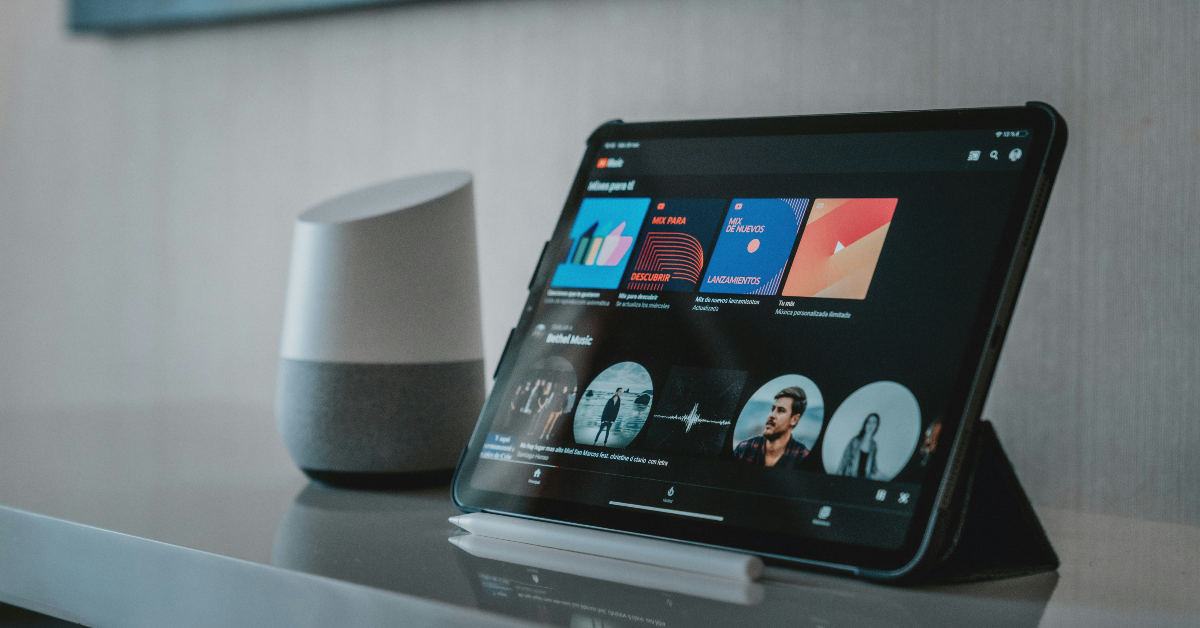
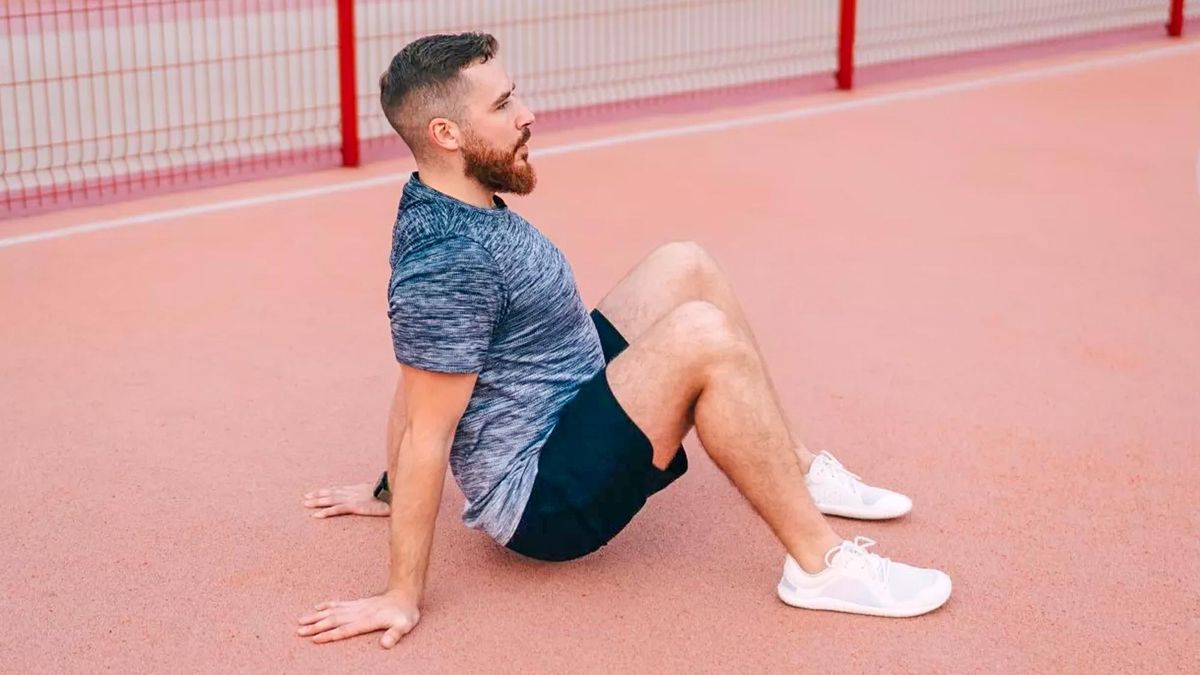

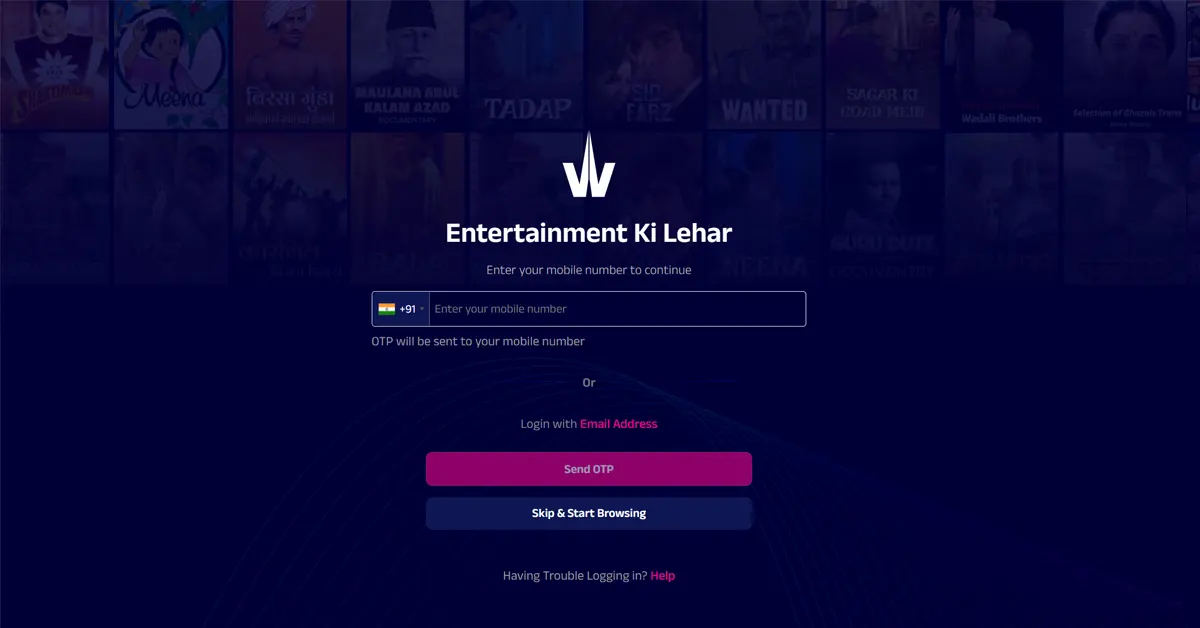










 English (US) ·
English (US) ·